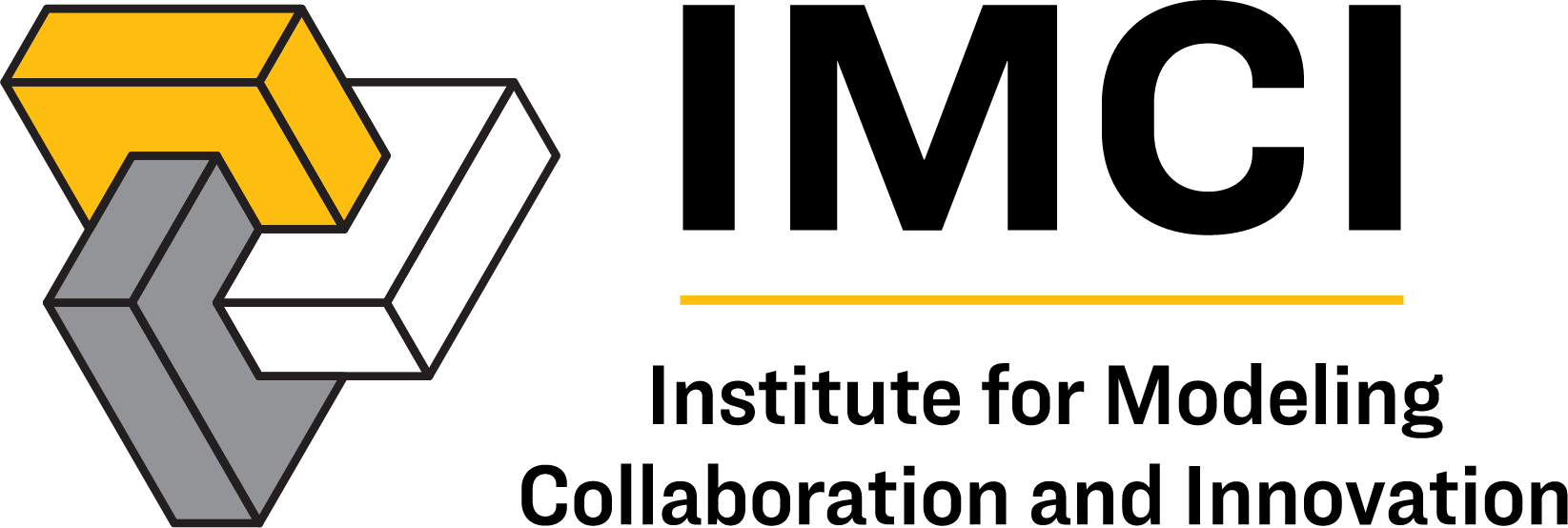Seamon Joins IMCI
IMCI is pleased to welcome Erich Seamon, a quantitative climatologist and data scientist, to the postdoctoral team. Seamon holds a MS in geological sciences from Bowling Green State University and a Ph.D. in Natural Resources from the University of Idaho. He has worked on several research team collaborations throughout the Pacific Northwest and thrives in…




